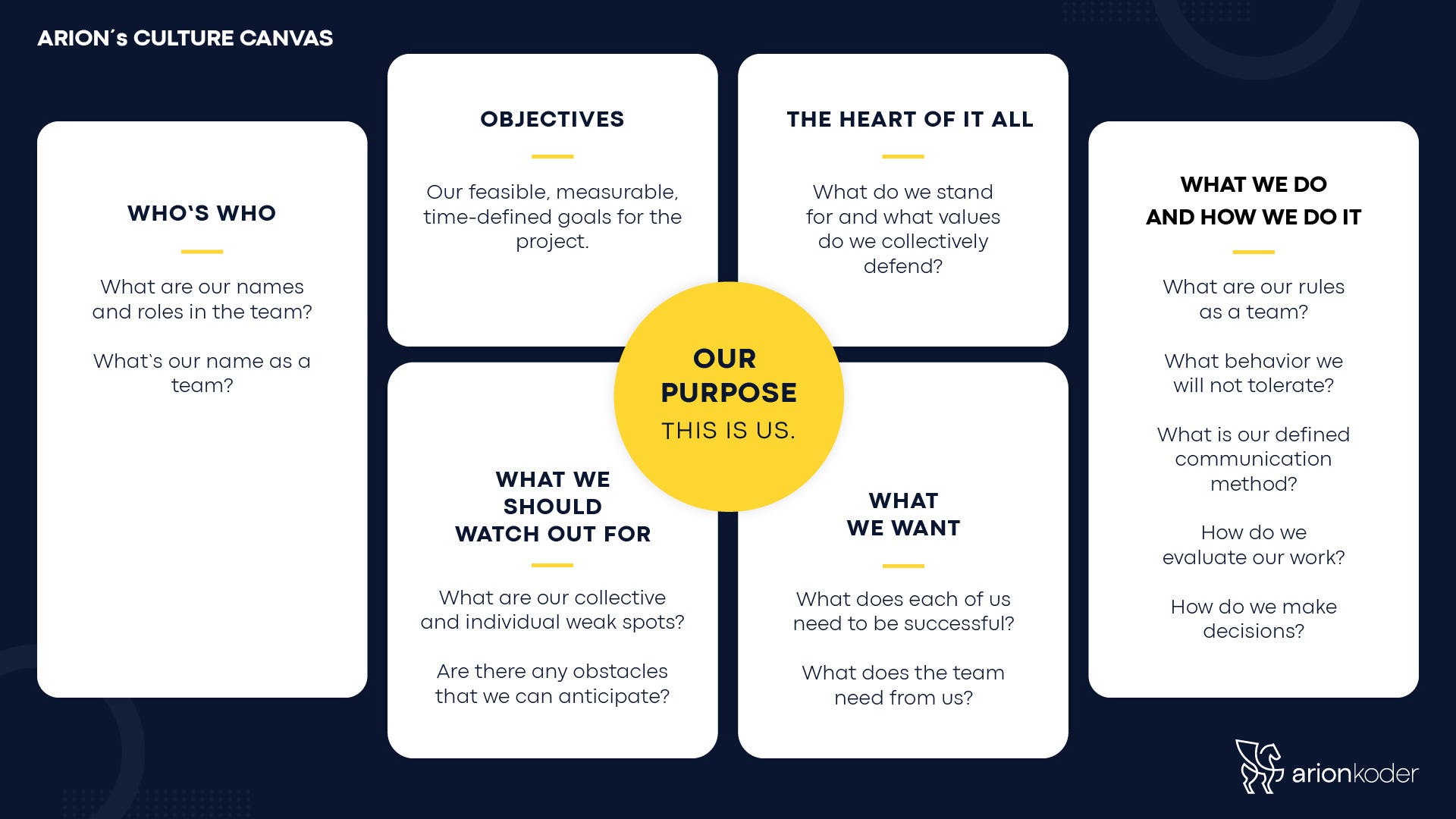The phrase of disputed authorship “Innovate or Die” has become a shared sentiment among institutions of all sorts. But what is innovation? Certainly it is not constrained only to engineers and scientists, nor to the development of new products. Neither is it sheer inventiveness. Nor will it thrive by mere creativity power, as it is often the case that the lack of ideas is not the problem. Difficulties are more related to how organizations manage the ideas.
As Robert Grudin said, innovation “is the way in which creative impulse develops into pathfinding achievement.” So innovation is to generate and realize ideas that generate value.
Even if all organizations agreed in the relevance of innovation, not all of them have the same resources to tackle it nor have a specific R&D department dedicated to it. But this does not mean you cannot innovate, particularly because there’s probably a good amount of great ideas in your organization. Take Kodak for example. Its laboratory came up with the first digital camera in 1975. But instead of working with this marvelous new invention, they discarded it. They sat above a marvel, ignoring how Sony was advancing to take the future of photography by storm with another prototype.
Your team probably has great ideas for you to hear. So what’s necessary? You’ll have to leverage their knowledge and creativity effectively. Today we are going to provide you with some tips and tools for you to use next time.
In our previous article regarding Design Thinking we discussed the importance of certain psychological base conditions which are necessary to foster the prolific generation of ideas. Psychological Safety, as we call it, is the fundamental piece over which we can build our innovation engine. But for some, endeavouring into an organization-wide cultural change may be too big of a challenge and end up being just a frustrating experience if you don’t have all executives and management aligned. You want to start small, lead with example and results by working with a small team.
2 things will be key. First, you’ll want to be explicit about expected behavior, attitudes and mindsets. Try to dig deep and not only provide headlines. Work with your team in building what is precisely the behaviour you want to achieve inside the team. Try this: prompt them with 4 to 5 categories of your interest (eg.: questioning the status quo, effective collaboration, experimentation) and ask them to complete the following phrase: “Wouldn’t it be great if we..” You’ll get nice concrete examples of behaviours, which you may then prioritize and add to your team behavioural norms.
The other key element is context. Link the objectives of your team, with the organization’s vision and objectives, as well as its strategy. Lack of context in teams, and organization wide, tends to be a barrier for innovation. Without a proper understanding of how an initiative or project fits into the broader picture, its value and what is expected of the project itself gets diluted. Provide a clear organizational context and set expectations straight.
Make a physical representation of these. It works not only as a visual reminder of the commitments but it also reinforces team identity. We sum it up in what has been called a Team or Culture canvas. In one page not only, norms, objectives and scope are set, but it also includes team roles providing a sense of who does what. We encourage you to invent a name for your team or project with your team members, and include it. Naming has a powerful effect. It does not only strengthen identity, but also helps the team coalesce around its objectives. Naming is also known to create a stronger sense of being. It is almost as it makes the team or project more tangible, more real, more of a thing.

You now have a working team, with knowledge of context and with the guidelines of an innovation fostering behavior. Ideas will benefit from the team’s dynamics, and context allows the team to value the effort properly and also provides focus.
Now, let’s get the team to brainstorm some ideas! With the given scenario it would seem simple to have a fruitful discussion of ideas. But it might prove to be not so simple. Ensuring that ideas are not wrongly discarded, and that the right process is followed for considering them can be daunting. The first simple recommendation is to run separate sessions. Ensure that you focus in only one mindset at a time. Differentiate the objectives of the meetings, color code them with physical artifacts that remind the team of the session objectives and commitment. And separate them in time. You want to ensure that the team properly shifts from one gauge to another.
For example, Disney had a 3 stages process: The Dreamer, The Realist, and finally, The Spoiler. While on the first stage, the main drivers are What if and Why not. You want to defer all judgment here. Go for the wildest, wackiest, most absurd ideas you can think of. To get the team to feel free doing so, try throwing some absurd ideas yourself at the very beginning. In the next phase, while playing The Realist, the team will review the ideas. The objective of re-examining the ideas is tobring them to reality. You will keep defering judgment, your objective is to turn them into something practical. It’s all about what is doable. It’s not time to discuss what it cannot be done or why I cannot be done. It’s all about how. In the final stage, The Spoiler comes into the scene. He is the one that takes care of battering up and punching holes into ideas. Now the more structured and built on ideas will be examined in detail and criticized. After this stage, you will have only a few surviving ideas to follow up. It is said that Walt Diseny would dedicate rooms to each stage, moving from one room to another. Would only dream in The Dreamers room, compartmentalizing not only in separate stages but in actual physical rooms. Allowing his mind to be completely focused,and free of other concerns while performing each task.
This method has of course the potential risk of spending time re-examining ideas that will be discarded. But what can we really call bad ideas? Those ideas that end up being re-examined may provide insights of aspects that we should consider for our final solution or initiative. Always keep a cursios approach and a learning mindset, and you will gather valuable insights from your team daily.
Without a doubt ideas are there in the company for you to exploit. Take the case of Kodak, or even Xerox! They developed the first PC, and forgot to do anything with it. Their Palo Alto Research Company (PARC) invented tons of marvelous things, but didn’t invest enough in the technology. And not only left it there, while Steve Jobs worked on Lisa, predecessor of Mac.
So how can we stop this idea killing madness? Don’t put it through the traditional hierarchy, try out a more democratic approach. Rite Solutions created an “Idea Market”, employees would list ideas as a stock. They gave every employee a sum of virtual money so they could invest in ideas, and they could also volunteer to work on them. What’s more, ideas with enough support were pursued, and employees shared the profits of it. In the first year, this market accounted for 50% of the company’s new business growth!
Remember, ideas are there for you to explore, work with your team and nurture their creativity. Search and grow together ideas.Try these methods and tools out and let us know what marvels you find and how your team feels about it!
